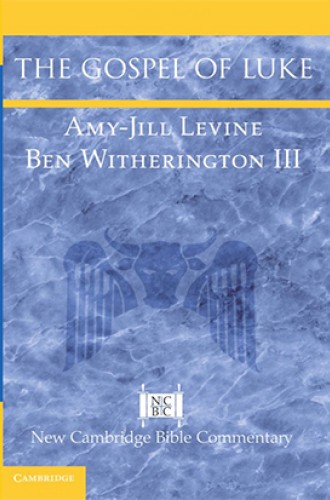A Jewish and Christian commentary on Luke’s gospel
Amy-Jill Levine and Ben Witherington’s dialogue is most illuminating when the co-authors disagree.
Amy-Jill Levine and Ben Witherington III have written a unique commentary on Luke—the one I’ll turn to first for the foreseeable future. The first major commentary cowritten by a Jew and a Christian, it is thorough and engaging. The authors clearly explain their positions while engaging alternative perspectives, never losing sight of the theological implications of their work.
The book’s collaborative nature adds enormous value to Levine and Witherington’s interpretive work. During the flow of the commentary, they engage one another in conversation. The result is a nuanced interpretation of every passage in Luke. They also model dialogue: where they disagree, they say so, and they spell out their reasons. Their aim, according to the book’s dedication, is to share their love of the Bible and to foster “better Jewish-Christian relationships.” The authors alternate primary writing responsibilities according to Luke’s chapter divisions, so Levine’s wit comes through in odd chapters and Witherington’s genial explication in even ones. Each chapter’s commentary concludes with a brief reflection that aims at “bridging the horizons.”
The authors are both highly accomplished. Levine’s blend of Jewish and feminist interpretation has led to multiple best sellers. Countering those who magnify Jesus by vilifying Jews and Judaism, she humanizes ancient Jews and particularly ancient Jewish women. Witherington is respected by his peers and is especially influential among evangelical Christians. His multidisciplinary social-rhetorical criticism brings out a text’s literary and cultural texture.






